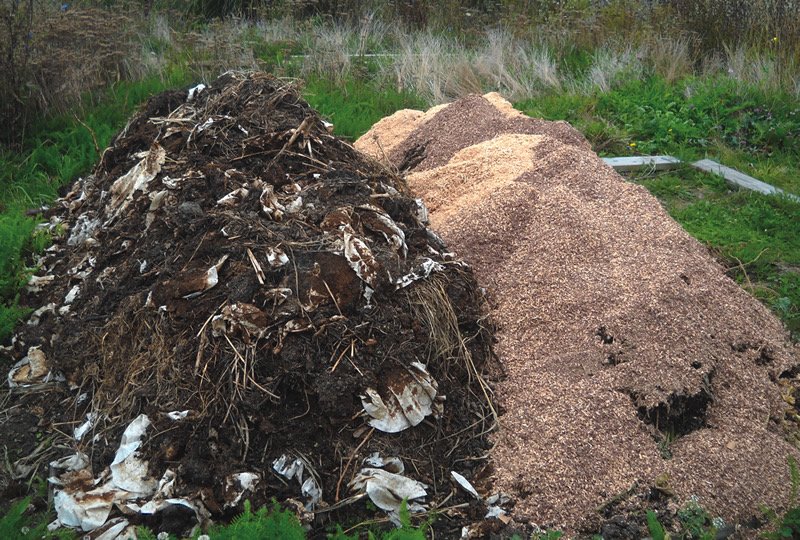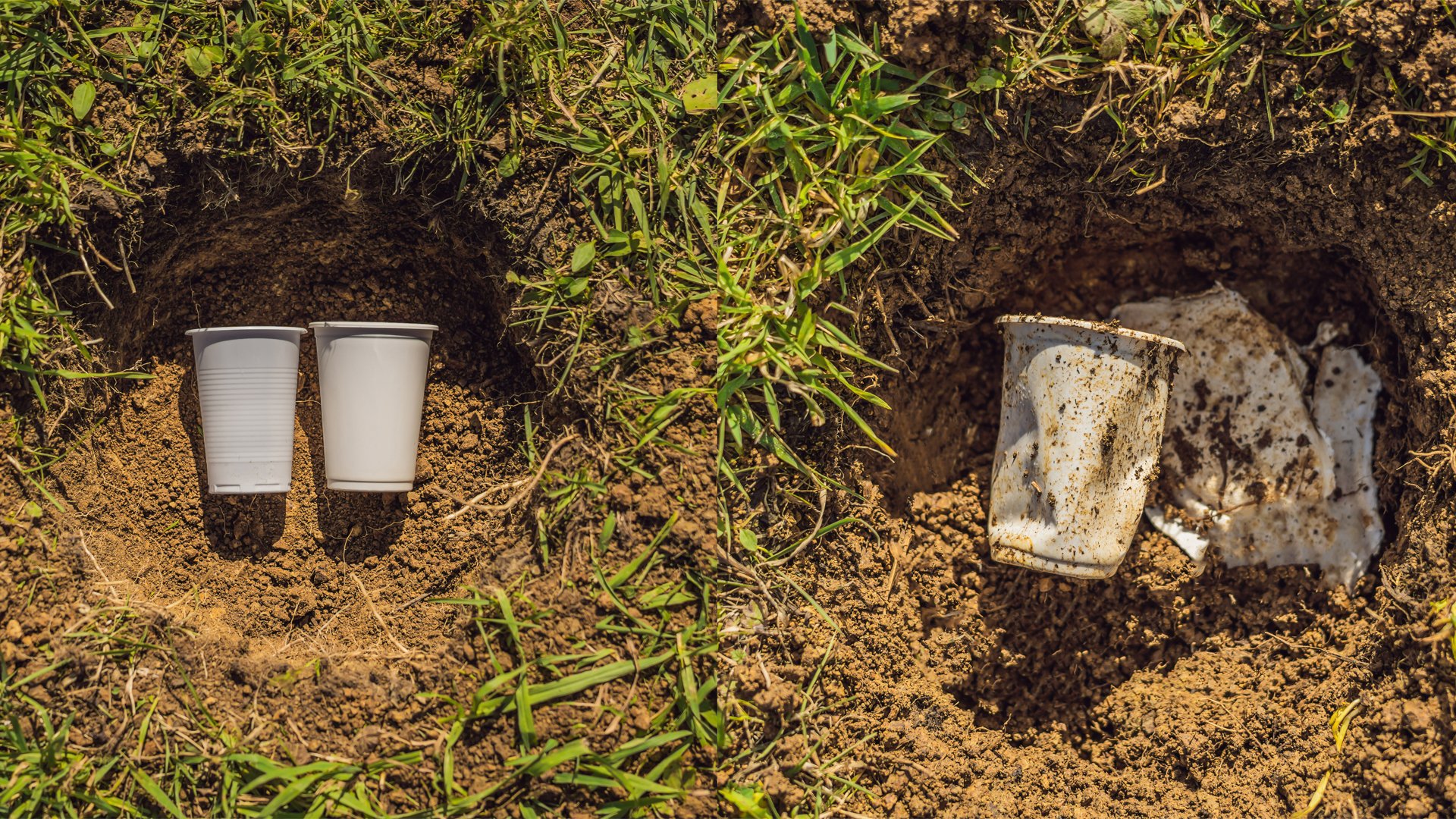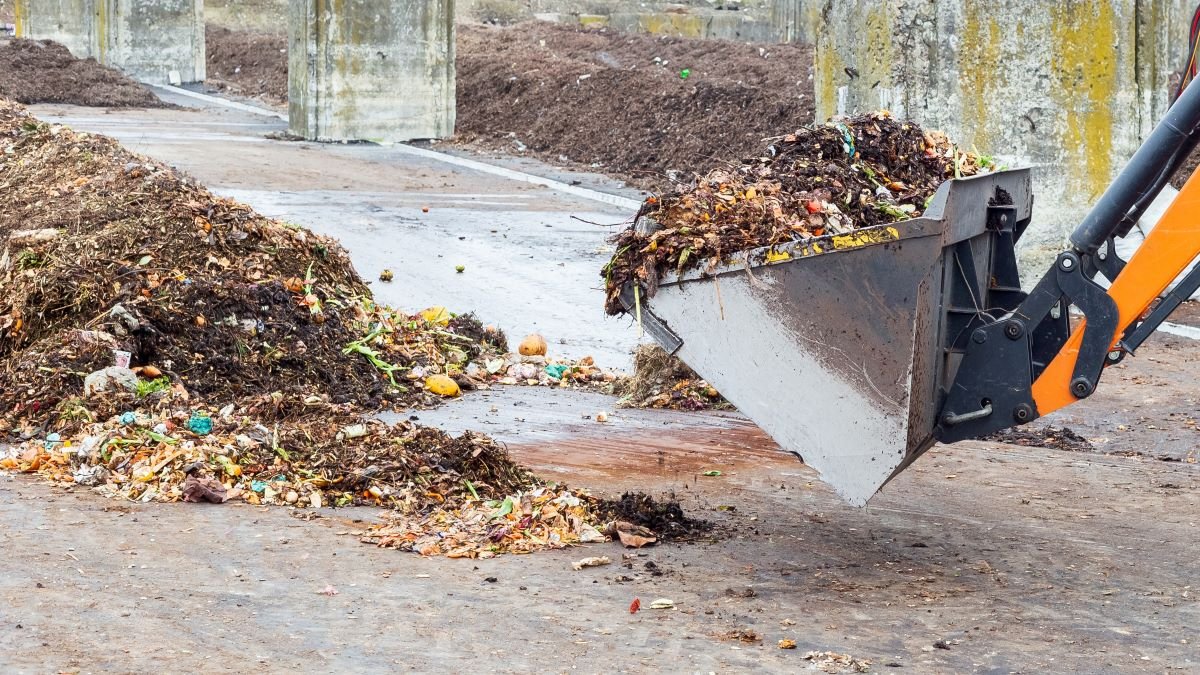"Compostable" Plastics = Greenwashing
printed with a green leaf,
does not mean it is good for the Earth.
Eco-friendly plastic is NOT friendly if you don’t dispose of it at a commercial composting facility. but who the heck knows where those are?! & we certainly don’t have bins for the public to be disposing of these mass distributed greenwashed single-use plastics.
Compostable plastics are polymers (plastics) that “degrade” through bacterial digestion; the residual waste is a kind of biomass, basically the dead bodies of the bacteria & microorganisms who ate the polymer.
Technically speaking, this biomass is not “compost” as it doesn’t contain useful nutrients for the soil (in fact it can harm the soil by increasing the acidity) & it is not coming from the degradation of food or garden waste. (Bioplastics News)
So they should not technically be called “compostable” if they are not even meeting the definition of compost, right? Mega GREENWASHING red flag.
These green-leaf-printed, “eco” claiming plastics will not fully break down in landfill or in the environment. The most common type is PLA (polylactic acid), printed with a 7 inside of the recycling symbol, even though they are NOT recyclable & because of this mislabelling are often put in this bin, slowing down & costing an already failing industry. Backyard composts generally consist of kitchen & yard scraps, if “compostable” plastics were left in your backyard compost they could take at least a decade to break down!! Their best hope is to be deposited at commercial composting facilities that have the equipment to grind it up into bacteria bite-size over a longer period of time(~180 days). However, they are not accepted at many commercial composting facilities because–as mentioned–they corrupt the real compost intended to enrich soil & be a happy, healthy place to grow nutritious food.
Bioplastics got stamped with “green” marketing because they are made of at least 20% renewable resources, rather than petroleum/oil based “normal” plastics. But they are still single-use items that are mass produced (2.1 metric tons in 2020), used, & tossed after an average of 12 minutes that inevitably pollute our precious planet. Thus, they are not an environmental solution by any account, except by the argument that they are lesser of two evils, which should never be the end point but rather necessitate further innovation & design. Without the support of accessible, large-scale disposal infrastructure, biodegradable plastics can not help to solve the plastic pollution crisis. (Greenpeace)
The rate we consume these greenwashed single-use plastics is not even close to “sustainable.”
We must bring back reusables, sit down & clearly communicate “for here,” or practice abstaining to save our Earth from the taxing pollution caused by our mass consumption of single use items.





